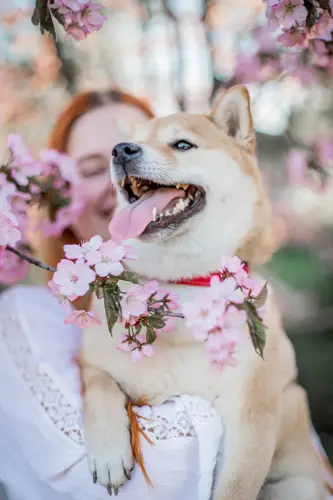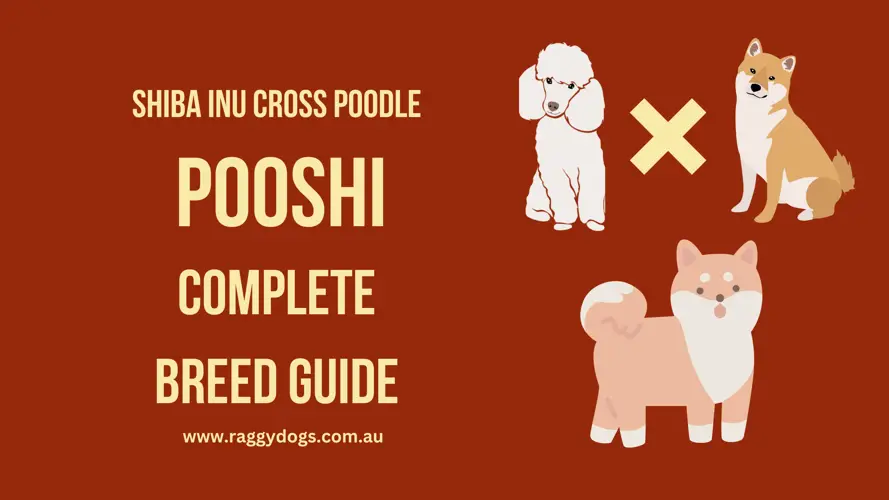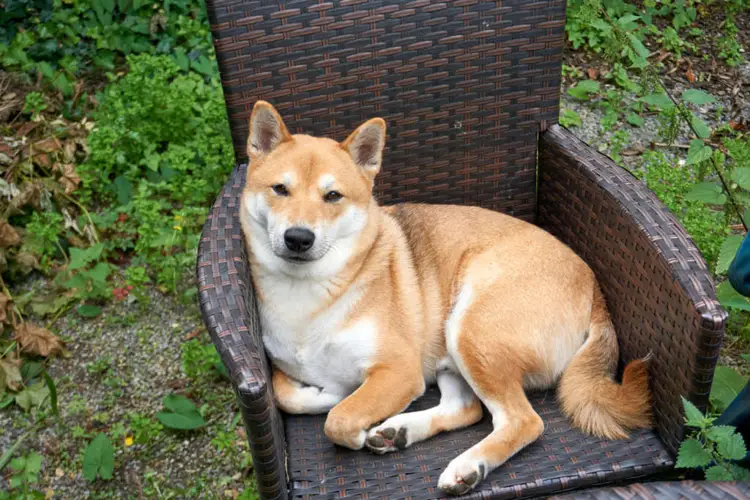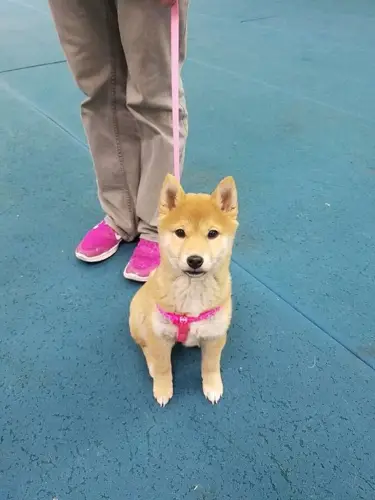Have you recently welcomed a Shiba Inu into your family? Congratulations! These adorable and spirited dogs are known for their unique personalities and loyalty. However, as a responsible pet owner, it’s crucial to understand the specific care requirements of this breed. In this comprehensive Shiba Inu care guide, we will walk you through all aspects of caring for your furry friend, from nutrition and grooming to training and exercise. Let’s dive in and ensure your Shiba Inu enjoys a long and fulfilling life with you.
1. Feeding Your Shiba Inu: A Well-Balanced Diet Is Key

Proper nutrition plays a vital role in keeping your Shiba Inu healthy and happy. So what should you feed them?
Shiba Inus thrive on high-quality dog food that contains a well-balanced blend of protein, carbohydrates, fats, vitamins, and minerals. Look for commercially available dog food brands specifically formulated for small to medium-sized breeds. Ensure that the first ingredient listed is a quality source of animal protein, such as chicken or lamb.
Additionally, consider your Shiba Inu’s age and activity level when determining portion sizes. Puppies require more frequent meals, while adult dogs typically do well with two meals a day. Remember to provide fresh water at all times and monitor your Shiba Inu’s weight to prevent obesity.
2. Grooming Your Shiba Inu: Maintaining That Fluffy Coat

Shiba Inus have a double coat that sheds moderately year-round and heavily during shedding seasons. To keep their coat healthy and reduce shedding, regular grooming is essential.
Start by brushing your Shiba Inu’s coat at least once a week using a slicker brush or undercoat rake. This helps remove loose hair and prevents matting. During shedding seasons, you may need to increase brushing frequency to three to four times a week.
Bathing should be done on an as-needed basis, using a gentle dog shampoo. Over-bathing can strip the coat of its natural oils, so aim for once every two to three months unless your Shiba Inu gets particularly dirty or smelly.
Don’t forget to trim their nails regularly, as long nails can cause discomfort and affect their gait. Finally, keep an eye on their ears and teeth, cleaning them as necessary to maintain overall hygiene.
3. Training Your Shiba Inu: Patience and Consistency

Shiba Inus are intelligent and independent dogs, which can make training a bit challenging. However, with the right approach and consistency, you can teach your Shiba Inu basic obedience commands and good manners.
Start training your Shiba Inu from an early age to establish a strong foundation. Use positive reinforcement techniques such as treats, praise, and play to motivate and reward desired behaviors. Be patient and consistent, as these dogs can have a stubborn streak.
Socialization is equally important. Introduce your Shiba Inu to different people, animals, and environments early on to prevent fearfulness or aggression. Enrolling them in puppy classes or working with a professional trainer can provide valuable guidance and support.
4. Exercise: Keeping Your Shiba Inu Active and Stimulated

Shiba Inus are an energetic breed that requires regular exercise to stay happy and healthy. Exercise helps prevent boredom, destructive behavior, and weight gain.
Provide your Shiba Inu with daily physical exercise to burn off excess energy. This can include brisk walks, jogging, or engaging games of fetch. Mental stimulation is equally crucial, as Shiba Inus have sharp minds. Puzzle toys, treat-dispensing toys, and obedience training sessions can keep their minds engaged.
Remember, Shiba Inus have a high prey drive and may not have reliable recall off-leash. It’s essential to keep them securely leashed or in a safely enclosed area during outdoor activities.
5. Health Considerations: Protecting Your Shiba Inu’s Well-Being

To ensure your Shiba Inu enjoys a long and healthy life, it’s important to prioritize their overall well-being. Regular veterinary care, vaccinations, and preventive measures are crucial.
Schedule regular check-ups with a trusted veterinarian to monitor your Shiba Inu’s health and address any concerns promptly. Vaccinations should be kept up to date to protect against common canine diseases.
Additionally, Shiba Inus are generally a healthy breed but can be prone to certain conditions such as hip dysplasia, allergies, and eye problems. Regular grooming, proper nutrition, and maintaining a safe environment can help minimize the risk of these issues.
Conclusion
Congratulations! Armed with this comprehensive Shiba Inu care guide, you are now equipped to provide the best care for your furry friend. Remember to focus on their nutrition, groom them regularly, train them with patienceand consistency, provide them with ample exercise and mental stimulation, and prioritize their overall health through regular veterinary care. By following these guidelines, you can ensure that your Shiba Inu lives a happy, healthy, and fulfilling life by your side.

Remember, the bond between you and your Shiba Inu is a special one. They are known for their loyalty and affection towards their families. So, enjoy every moment with your furry companion, cherish the unique quirks of their personality, and create lasting memories together.
If you have any specific concerns or questions about your Shiba Inu’s care, always consult with a veterinarian or an experienced dog trainer who can provide personalized advice based on your pet’s needs. With love, patience, and proper care, your Shiba Inu will thrive and bring joy to your life for years to come.
And that wraps up our comprehensive Shiba Inu care guide. We hope you found this information helpful in understanding the essential aspects of caring for your Shiba Inu. Now go ahead and give your four-legged friend a pat on the head—they deserve it!




